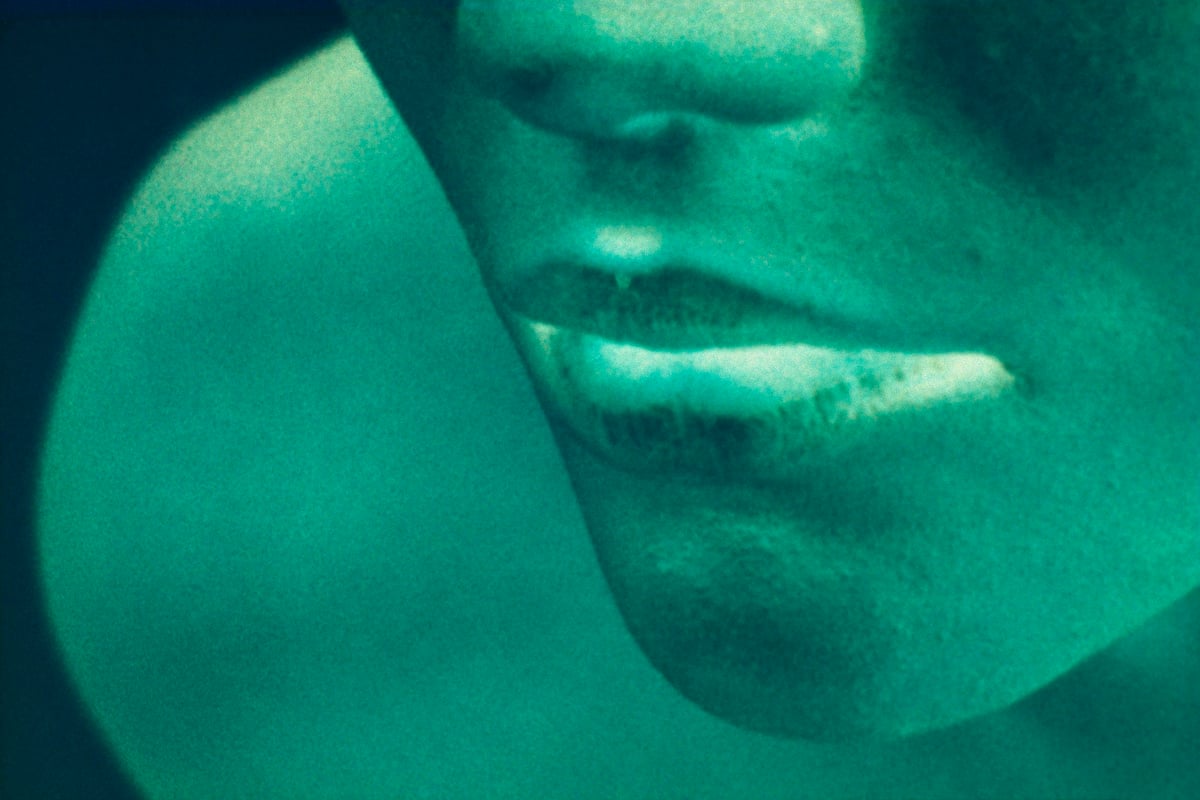
Taking place this November 7–10, 2024, the international photography fair Paris Photo returns to the city of light’s Grand Palais. A cornerstone event on photography buffs and art world veterans’ calendars, the forthcoming 27th edition will welcome 240 exhibitors representing 34 counties, and a dynamic roster of programs and projects. Among these are the returning Prismes projects, staged in the space’s central nave, highlighting large formats, photographic series, video installations, and sculptures, as well as an expansive new curated sector: Voices.
Jack Davidson, Untitled (2024). Courtesy of Cob Gallery.
Paris Photo invited three curators—Elena Navarro, Azu Nwagbogu, and Sonia Voss—to each craft proposals that center contemporary themes and draw focus on an artistic scene or specific practice. Navarro, founder of FotoMexico and an independent curator, aims to bring to life the diverse and brilliant art scene of Latin America with the project “Imperfect Paradises,” and platform the experimental practices emerging within the contemporary photography scene of the region. “I will show how vibrant the art scene is in Latin America,” said Navarro, “from Mexico to Argentina, from historical photography to contemporary artists that are pushing the boundaries of the medium.”
Estelle Hanania, Gisèle Vienne, EXTRA LIFE. Performers Theo Livesey, Katia Petrowick & Adèle Haenel (2024). Courtesy of Spector Books.
Nwagbogu, the founder and director of LagosPhot Festival, will present “Liberated Bodies,” a project that invites viewers to reflect on and reconsider the idea of archives, and, more specifically, their degrees of objectivity. Placing the photographic image in isolation, the image as a tool of power, memory, histories, and hegemony is brought into stark focus. Using the project as a platform from which greater discourses around the medium itself—as an art form, type of document, and evolving expressive practice—Nwagbogu offers a potent pathway for considering the future of image-based artworks.
And in “4 walls,” Voss, an independent curator, examines the systems of power of the USSR and those in many Eastern and Northern European countries in the 20th century, and how these affected the photographic practices of artists working there. “In the coercive system of Soviet occupation, […] the dark room was at times a laboratory, at times a personal theater, and at times an observatory.” Here, the creative strategies of artists (largely focusing on the 1970s and ’80s) are presented for a long overdue reappraisal.
Abdulhamid Kircher, Rotting from Within (2024). Courtesy of Loose Joints.
Alongside the three projects that compose the debut Voices sector of Paris Photo are a range of special projects, from homages to Surrealism, marking the movement’s 100th anniversary at Bruce Silverstein, Edwynn Houk, and Les Douches, to a centenary celebration of artist Robert Frank at Pace, and a full roster of focused solo and dual-artist booths. Together, Paris Photo promises to provide new perspectives not only on the state of photography historically and today but also offer insight into where the medium may be headed next.
Paris Photo will be held at the Grand Palais, Paris, November 7–10, 2024.